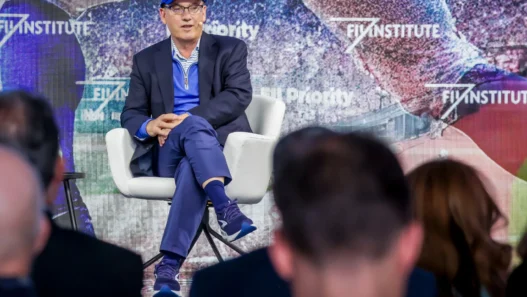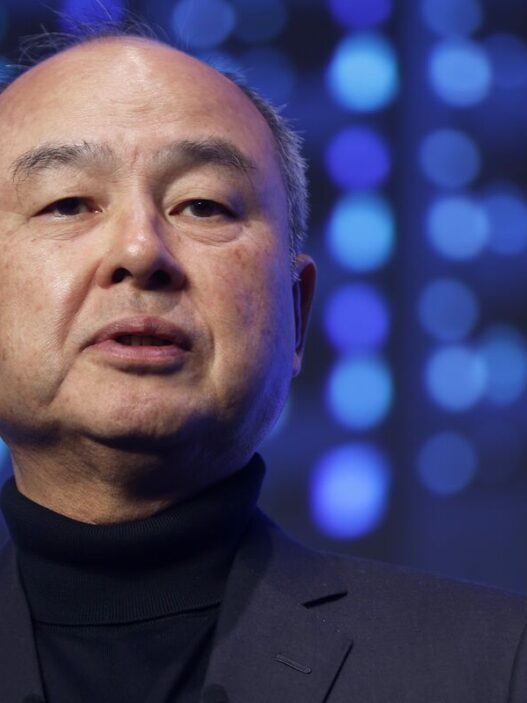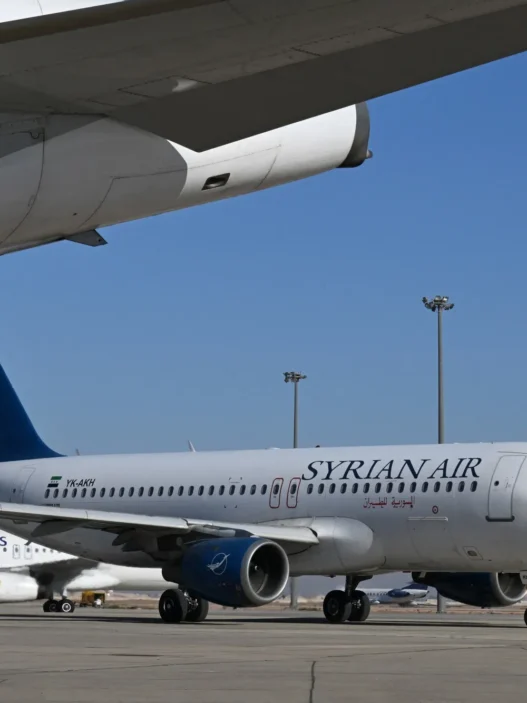For many American families, youth baseball is no longer just a pastime — it has become a high-stakes investment. Parents across the country are reportedly spending upwards of $100,000 per year to give their children the best shot at college scholarships, elite travel teams, and even professional baseball careers.
From specialized coaching and year-round travel tournaments to private lessons and advanced equipment, the costs of competitive baseball can rival prestigious private schooling or luxury vacations. Yet for these families, the potential payoff — a collegiate scholarship or a professional contract — often justifies the enormous financial and emotional commitment.
The Financial Reality of Travel Baseball
Travel baseball, often referred to as “select” or “club” baseball, involves teams that compete regionally, nationally, and sometimes internationally. Unlike traditional Little League programs, travel baseball demands:
- Year-Round Participation: Practices, camps, and tournaments extend throughout the year, leaving little downtime.
- Intensive Travel: Families often fly or drive hundreds of miles for weekend tournaments or showcase events.
- Specialized Coaching: Elite players often receive personal coaching to refine pitching, batting, and fielding techniques.
- Equipment Costs: High-quality bats, gloves, protective gear, and travel uniforms can add thousands of dollars annually.
Parents estimate that, once tournament fees, private lessons, travel, lodging, and gear are accounted for, annual expenditures can surpass $50,000 for one child, and exceed $100,000 when multiple children participate.
“Between club fees, travel, and training, it’s a full-time commitment — and a huge investment,” said Lisa Reynolds, mother of a 14-year-old pitcher competing at the national level. “But when the dream is a scholarship or a shot at the pros, you justify it.”
The Scholarship and Professional Dream
For many families, the financial burden is framed as an investment in the future. Collegiate baseball scholarships can cover tuition, room, and board at top universities, saving families hundreds of thousands of dollars over four years.
Moreover, scouts increasingly attend youth tournaments to identify potential Major League Baseball (MLB) prospects at an earlier age. High-profile showcase events, where elite players compete for visibility, have become central to the youth baseball pipeline, creating a high-pressure environment that demands excellence.
“Every showcase is an opportunity,” explained David Kim, a former college scout. “Families know that a standout performance can make the difference between playing at a Division I school or not.”
The Impact on Family Life
The pursuit of baseball excellence is not without challenges. Families frequently report sacrifices in time, finances, and lifestyle:
- Calendars Dominated by Baseball: Weekend tournaments, week-long training camps, and out-of-state competitions leave little room for vacations or other family activities.
- Parental Time Commitment: Parents often serve as travel coordinators, team volunteers, and personal coaches, investing hundreds of hours annually in addition to financial costs.
- Emotional Pressure: Children face intense performance expectations, which can create stress and burnout if not managed carefully.
“Some weeks, our family life revolves entirely around baseball,” said Reynolds. “It’s exhilarating, but exhausting — both emotionally and financially.”
The Broader Youth Sports Economy
The rise in spending on youth baseball reflects a broader trend across travel sports. Estimates suggest that American families spend billions annually on competitive youth sports, including baseball, soccer, gymnastics, and basketball.
Industry experts note that travel sports have become a significant economic engine, supporting private coaching businesses, tournament organizers, sporting goods manufacturers, and travel agencies.
“Parents are willing to invest heavily because they see it as a pathway to future success,” said Michael Torres, a youth sports consultant. “It’s not just recreation — it’s an aspirational investment in their child’s future.”
Debates and Criticisms
Despite the enthusiasm, the system has drawn criticism:
- Economic Inequality: High costs create barriers for families with limited resources, raising concerns about access and equity in youth sports.
- Burnout and Mental Health: Intense schedules and performance pressures can lead to stress, injury, and early dropout from sports.
- Uncertain Returns: Very few youth athletes reach the collegiate or professional levels, meaning the financial investment carries no guaranteed payoff.
Some experts advocate for balanced approaches, emphasizing skill development, fun, and personal growth over high-stakes competition.
Parental Perspectives: Why They Do It
Despite the challenges, parents remain committed. For many, youth baseball represents:
- A Path to Opportunity: Scholarships can offset educational costs and open doors for higher education.
- Skill and Character Development: Competitive sports teach discipline, teamwork, resilience, and leadership.
- A Dream Fulfilled: Parents often see themselves as enablers of a lifelong passion, giving their children a chance to pursue excellence.
“Sure, it’s expensive and exhausting,” said Reynolds. “But if our child gets a college scholarship or fulfills their dream of playing professionally, it will all have been worth it.”
Conclusion: The Cost of Chasing Greatness
The $100,000-per-year reality of youth baseball illustrates the high financial and emotional stakes of pursuing athletic excellence in America. Families invest heavily in the hope of opening doors to education, recognition, and professional opportunity — often organizing their lives entirely around the sport.
While critics highlight equity and burnout concerns, parents remain committed to the dream: a shot at baseball greatnessand the possibility that years of sacrifice may one day pay dividends, both on the field and in life.
In a country where youth sports have become a multi-billion-dollar enterprise, the pursuit of excellence comes at a cost — and for many families, the price is worth every inning.






















